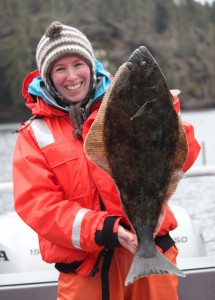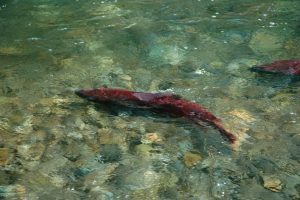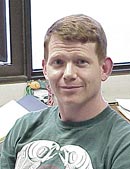This week’s Roundtable features two talks about salmon ecology and management in Alaska by Drs Milo Adkison and Anne Beaudreau, both of whom are members of the Gulf of Alaska Portfolio Effects working group.
Why is salmon management so hard?
Dr. Milo Adkison
Managers of Alaskan salmon fisheries open and close fisheries on short notice, with the objectives of maximizing catch and achieving their goal for spawners escaping the fishery. Uncertain run strength has long been recognized as an impediment to their success. I’ll show that uncertain run timing is just as big of a problem. Finally, I’ll examine a constant fishing schedule as an alternative to the current management approach.
University of Alaska Fairbanks
235 O’Neill
Fairbanks, AK 99775
Long-term community responses to nutrient additions and water quality changes in Afognak Lake, Alaska
Dr. Anne Beaudreau
The Afognak Lake sockeye salmon run historically supported one of the largest subsistence fisheries in the Kodiak Archipelago, Alaska. Declining abundance during the 1980s led to a decade of lake fertilization (i.e., additions of phosphorus and nitrogen) and intermittent stocking. The central goal of this study was to characterize changes in prey and habitat quality for lake-rearing juvenile sockeye salmon in Afognak Lake since the late-1980s. We synthesized long-term data collected by the Alaska Department of Fish and Game to address two questions: (1) What environmental and ecological factors explain patterns of production for zooplankton and juvenile sockeye salmon in Afognak Lake? (2) Are patterns of production consistent with the expected community response to fertilization? We found that total phosphorous concentration was an important predictor of variation in density and size of dominant zooplankton species. Primary and secondary production showed a response to lake nutrient additions, but there was no discernable effect of fertilization on juvenile sockeye size and condition. Additionally, there was little support for the hypothesis that larger size at outmigration led to enhanced survival in the ocean. As a whole, our results suggest that nutrient additions are unlikely to result in increased population productivity of Afognak sockeye and that the ecological role of insects, which compose a large proportion of sockeye fry diets in Afognak Lake, deserves greater attention.

University of Alaska Fairbanks
17101 Point Lena Loop Road
Juneau, AK 99801




